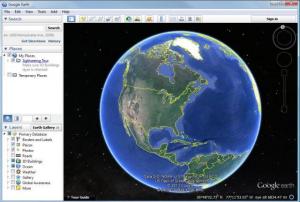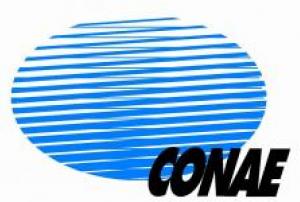Éruption volcanique
Definition
Facts and figures
Further information
UN-SPIDER Regional Support Offices with hazard-specific expertise
Related content on the Knowledge Portal
The Azores archipelago is exposed to different geological and meteorological hazards already responsible for thousands of deaths and severe damages. In order to detect precursory signals and develop early warning systems a multi-parametric monitoring network is under operation. Geophysical, geodetic, geochemical and meteorological independent techniques provide data that are integrated in the scope of a continuous hazard and risk assessment programme to support civil protection regional and local authorities.
read moreOn 13 September 2012, Fuego volcano in Guatemala again erupted, forcing the National Coordinating Agency for Disaster Reduction (CONRED) to declare an institutional "Orange Alert" and evacuated more than 10,000 inhabitants from communities located on the foothills of this volcano. The Departmental and Municipal Coordinating Agencies for Disaster Reduction (CODRED and COMRED respectively) also decalred orange alerts within their jurisdictions as a way to prevent loss of life. Given the fact that this is the rainy season in Guatemala, CONRED also is observing this activity with a particular focus on potental lahars which may manifest themselves in the Guacalate and Achiguate rivers. Using satellite imagery from MODIS TERRA, CATHALAC, one of UN-SPIDER's Regional Support Offices, elaborated maps depicting how the ash cloud was dispersed to the west of the volcano.
On Saturday evening 19 May 2012, the volcano also manifested a…
read more
read more
Ground deformation due to volcanic magma intrusion is recognised as an important precursor of eruptive activity at a volcano. The Global Positioning System (GPS) is ideally suited for this application. With the advent of inexpensive GPS receiver boards, the development of a low-cost GPS-based volcano monitoring system is now possible. It provides an expendable way of measuring volcanic activity. This paper presents a novel, autonomous, deformation monitoring system based on the use of the low-cost Novatel Superstar II receiver. The system uses several of those GPS units, one of which being at a known reference location and the others being scattered around the area of interest. The GPS Superstar II receivers provide measurements of the L1 carrier phase and of the GPS ephemeris. Those measurements are logged at a user-defined sampling rate, and transmitted via a radio link to a central processing station. The post-processing…In this paper, the authors developed the methodology of vegetation cover ratios using multiple types of optical sensor data and clarified microwave backscattering characteristics on vegetation and environments acquired by Synthetic Aperture Radar (SAR). These data are used to analyze the effects of eruption from Mt. Pinatubo, the Philippines over a time period from 1991 (eruption time) to present (1997). By this satellite image analysis, chronological changes from vegetation damage in the term of decrease rate of vegetation cover caused by volcanic ash fall and suffered area by mudflows. Through satellite image analysis, changes in vegetation damage over time is assessed from the decrease in vegetation cover to volcanic ash and mudflows.
read moreVolcanic eruptions can emit large amounts of rockfragments and fine particles (ash) into the atmosphere, as well as several gases, including sulphur dioxide (SO2). These ejecta and emissions are a major natural hazard, not only to the local population, but also to the infrastructure in the vicinity of volcanoes and to aviation. Here, we describe a methodology to retrieve quantitative information about volcanic SO2 plumes from satellite-borne measurements in the UV/Visible spectral range. The combination of a satellite based SO2 detection scheme and a state-of-the-art 3D trajectory model enables us to confirm the volcanic origin of tracegas signals and to estimate the plume height and the effective emission height. This is demonstrated by case-studies for four selected volcanic eruptions in South and Central America, using the GOME, SCIAMACHY and GOME-2 instruments.
read moreThis paper presents latest results from the combined use of SAR (Synthetic Aperture Radar) remote sensing and GIS providing detailed insights into recent volcanic activity under Vatnajökull ice cap (Iceland). Glaciers atop active volcanoes pose a constant potential danger to adjacent inhabited regions and infrastructure. Besides the usual volcanic hazards (lava flows, pyroclastic clouds, tephra falls, etc.), the volcano-ice interaction leads to enormous meltwater torrents (icelandic: jökulhlaup), devastating large areas in the surroundings of the affected glacier. The presented monitoring strategy addresses the three crucial questions: When will an eruption occur, where is the eruption site and which area is endangered by the accompanying jökulhlaup. Therefore, suffcient early-warning and hazard zonation for future subglacial volcanic eruptions becomes possible, as demonstrated for the Bardárbunga volcano under the northern parts of Vatnajökull. Seismic activity…
read more




